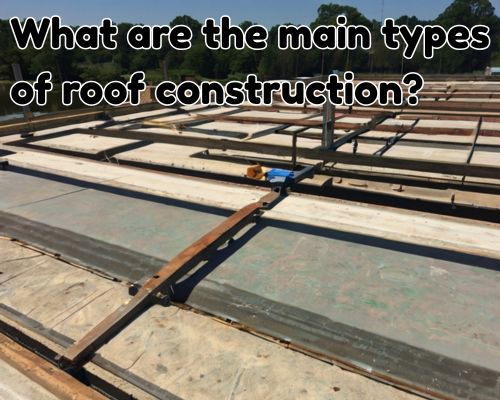
Relocating can be one of life’s most significant transitions, often bringing with it a mix of excitement and stress. Whether you’re moving across the city or from a different state altogether, the key to a smooth and successful transition lies in choosing the right moving company. For residents and businesses in and around Riverside County, lakeelsinoremovers.com have earned a reputation as reliable, professional, and customer-focused moving experts.
Understanding the Needs of Lake Elsinore Residents
Nestled in Southern California, Lake Elsinore offers a unique mix of suburban tranquility and outdoor adventure, making it a popular destination for families and professionals alike. With its scenic lake, vibrant community, and affordable housing, it’s no surprise that more people are choosing to move here. But whether you’re arriving to begin a new chapter or relocating elsewhere, one thing remains constant: the need for a trusted moving service that understands the local area and offers seamless execution.
Lake Elsinore Movers have honed their services to meet the specific demands of this diverse and growing community. Their familiarity with local routes, traffic patterns, and residential regulations gives them an edge, especially when time and efficiency matter.
Professionalism and Personalized Service
What sets Lake Elsinore Movers apart from generic national chains is their commitment to personalized service. From the initial quote to the final box being unpacked, every step of the moving process is handled with professionalism, transparency, and care. Their team understands that no two moves are alike. Some customers may require delicate handling of antiques or fine art, while others may need help packing and transporting office equipment or heavy furniture.
Their approach is always customized, ensuring each client receives the specific help they need. With clear communication and no hidden fees, customers can feel confident that their possessions and their peace of mind are in good hands.
Efficiency That Saves You Time and Money
Time is often a critical factor in moving, whether it’s meeting a lease deadline or transitioning a business with minimal disruption. Lake Elsinore Movers pride themselves on punctuality and efficient planning. Their experience means they can anticipate challenges before they arise, navigate the most effective routes, and optimize loading and unloading processes.

Safe and Secure Handling of Your Belongings
Moving is about more than transportation; it’s about trust. You’re entrusting your valuables, memories, and often fragile items to someone else’s care. That’s why Lake Elsinore Movers go above and beyond to ensure every item is packed, loaded, and transported with the highest standards of safety.
Using top-quality materials and industry-approved techniques, their team minimizes the risk of damage or loss. In addition, they are fully licensed and insured, giving customers an added layer of confidence and protection throughout the process.
Serving Both Residential and Commercial Clients
Lake Elsinore Movers aren’t just for homeowners they also provide comprehensive services for commercial and office relocations. Whether you’re a small business moving across town or a corporate office relocating to a new building, their team offers flexible scheduling, discreet service, and minimal downtime.
They understand that business continuity is essential and work closely with clients to develop plans that reduce interruptions. Equipment, documents, and furniture are handled with equal care and professionalism.
Local Expertise with a Personal Touch
One of the standout features of Lake Elsinore Movers is their genuine connection to the community. As a locally based company, they bring not only expert knowledge of the area but also a neighborly approach to service. They care about their customers, and that shows in the way they treat every job with patience, respect, and attention to detail.
Their positive reputation is built on word-of-mouth, repeat business, and glowing testimonials from satisfied customers. It’s not just about getting the job done it’s about doing it right, every time.
The Right Move Starts with the Right Movers
At the end of the day, a move is more than just logistics it’s a life event. Lake Elsinore Movers understand this, and they aim to make each relocation experience as smooth and stress-free as possible. Whether you’re moving into your dream home by the lake or shifting your business to a better location, their reliable team is ready to help every step of the way.




















